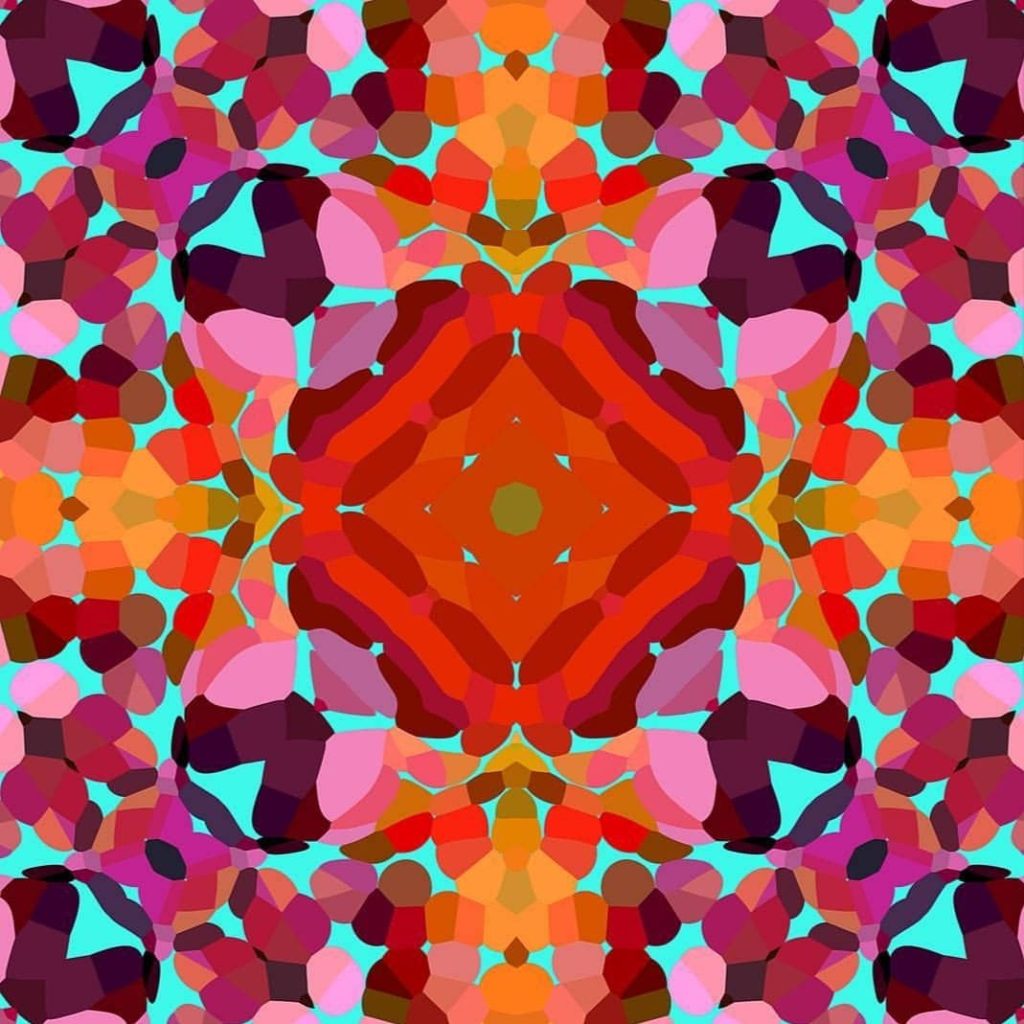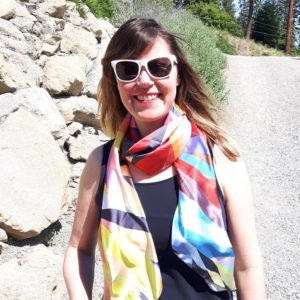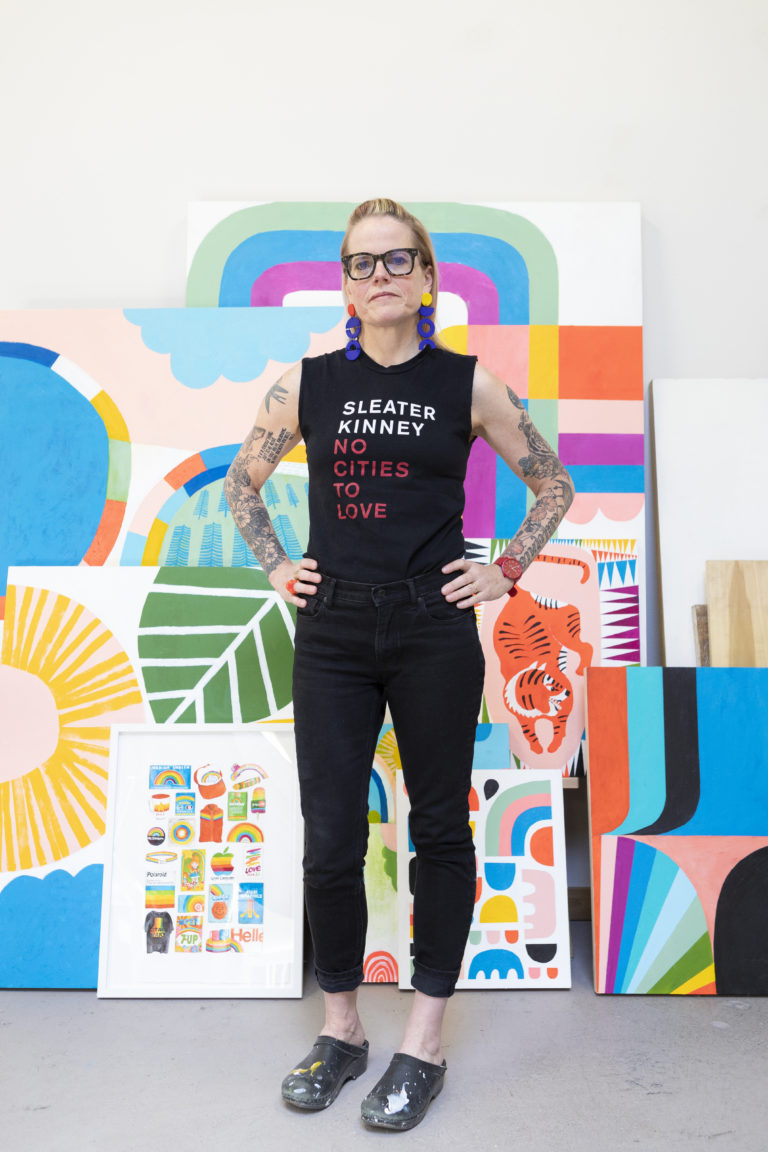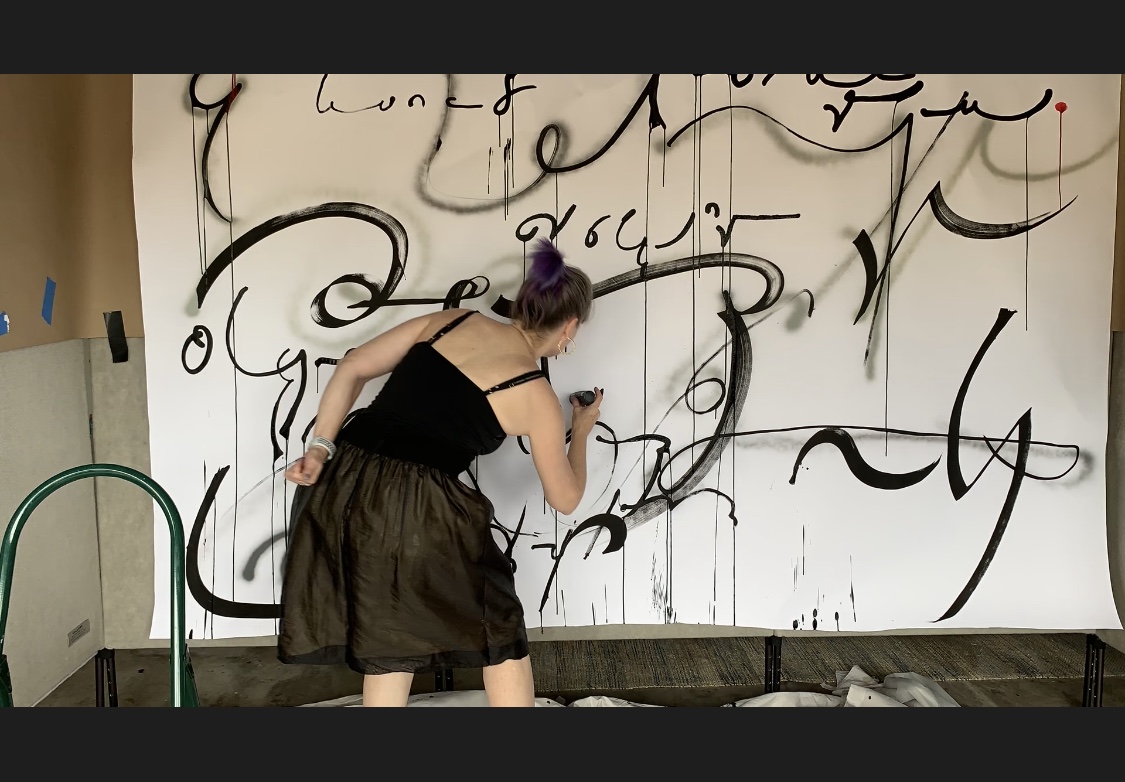#114 Tammy Kanat: Weaving Sculptures in Australia
Australian artist Tammy Kanat makes beautiful art sculptures using a circular style of weaving. No two pieces are the same, and she’s constantly experimenting with different shapes and designs. We talk about how she developed her style, how she finds the different wools, and how she chooses her colors, textures, and patterns. Tammy mostly creates her pieces for commission work, but she is also getting her art into well-known galleries and collaborating with designers and spaces.
Listen here or use a podcast app, such as Apple Podcasts, Castbox, Spotify, or Stitcher.

Tammy Kanat






Tammy’s website is tammykanat.com and her Instagram is @tammykanat.
Her artwork will be at the National Gallery of Victoria starting October, 2019.
To see other examples of Australian Art, visit The Design Files.
Here are some great takeaways from our conversation:
- When you take something artistic and you commercialize it, the art piece is no longer just about the art, it becomes about the commercial purpose of the art.
- Sometimes it’s helpful to just sit with something that is uncomfortable, like Tammy did when she wasn’t feeling the joy from making jewelry anymore. This allowed her to get the space to let something else come to her, which was her weaving.
- When making art, learn the traditional methods and rules, but then bend and change them to make it your own art.
- When Tammy is working on her art pieces, the frame is suspended from the ceiling or other things in her studio, and it’s often moving and swaying while she works. She likes that because the really likes the imperfection in things. She feels that in life we are always trying to control things, but it’s really ok to just go with the flow and let it be.
- Let your environment and your mood choose your colors for a project.
- When she does commissions, she feels that people get the best work from her if they just let her create something and they don’t put stipulations on the colors and shape and look of the sculpture. They need to just trust that she’ll do something from the heart.
- Don’t get caught up worrying that what you do is craft and not art. More and more places are expanding those definitions and recognizing the skill involved in making certain things.
- Look beyond traditional places for displaying your art, and think about collaborations you can do or design contests you can enter.

- Post category:Season 2/Show Notes























































